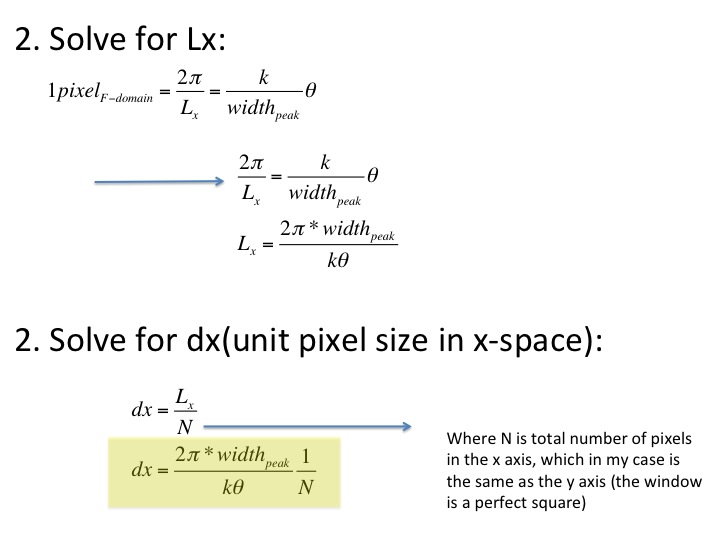The units of your X-space are the inverse of the units of your K-space. So if your K-space is in $\mathrm{m}^{-1}$, then your X-space will be in $\mathrm{m}$.
To make the full circuit $f(x) \rightarrow F(k) \rightarrow f(x)$ requires an overall normalization factor of $1/2\pi$ to ensure that you get the function you started with. As Chris White points out in his comment, there are a few different conventions on where exactly to put this normalization factor. Some put it entirely on one of the transformations. Some conventions split it between the two transforms, and put $1/\sqrt{2\pi}$ on each integral; this has the advantage of making the Fourier transform and the inverse Fourier transform perfectly symmetrical with respect to $x$ and $k$.
In addition, some conventions for wavenumber define it as cycles per unit distance (so that $xk = 1$), while some define wavenumber as radians per unit distance (so that $xk = 2\pi$).
Ultimately, you might need to multiply the axes in your X space by $1, \sqrt{2\pi},$ or $2\pi$, depending on the set of conventions your software is using, and the convention you have used to express your $k$ values. You should already know the latter. For the former, you will have to check the documentation for the Fourier transform in your software.



